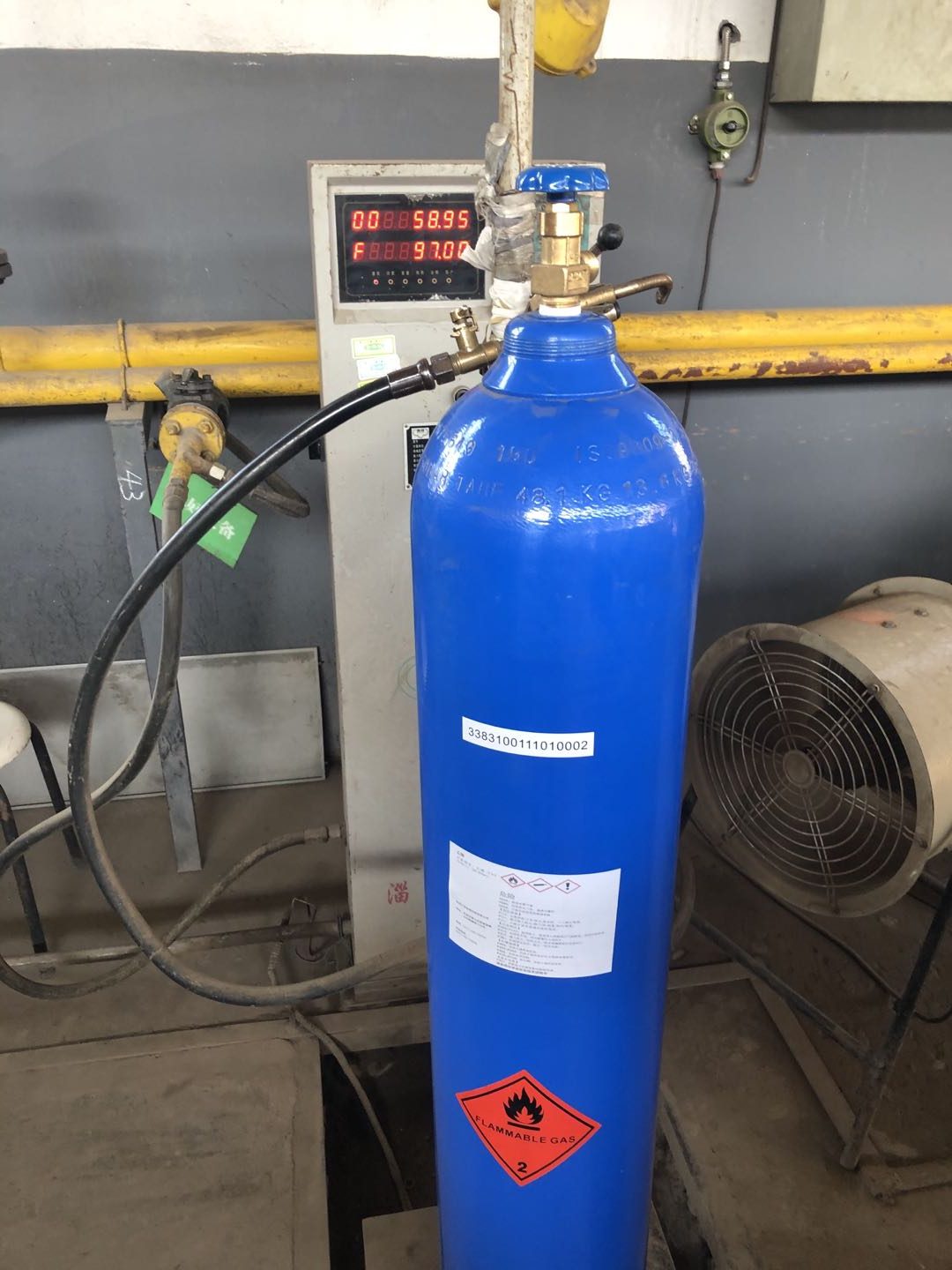Ethylene – Specialty Gas
Ethylene, also known as ethene, is a simple alkene with the chemical formula C2H4. It's a colorless gas with a faint sweet odor at high concentrations. Ethylene is widely used in industry as a starting material for the production of numerous chemicals, including polyethene, the most common plastic globally.
 |
| Ethylene (C2H4) Gas |
Key Properties of Ethylene (C2H4) Gas:
- Chemical formula: C2H4
- CAS number: 74-85-1
- EINECS number: 200-815-3
- Molecular weight: 28.05 g/mol
- Boiling point: -103.7 °C (-154.6 °F)
- Melting point: -169.2 °C (-272.6 °F)
- Density: 1.178 kg/m³ (at 0 °C and 1 atm)
- Flammability range in air: 2.7–36.0% (by volume)
Production of Ethylene (C2H4) Gas:
Ethylene is primarily produced through several methods:
- Cracking of petroleum: This process involves heating heavier hydrocarbons at high temperatures without oxygen, breaking them down into smaller molecules, including ethylene.
- Dehydration of ethanol: Ethanol vapour is passed over catalysts at elevated temperatures, removing water and producing ethylene.
- Pyrolysis of ethane: Ethane gas is subjected to high temperatures, causing it to break down into ethylene and hydrogen.
Applications of Ethylene (C2H4) Gas:
Ethylene has a vast range of applications in various industries, including:
- Chemical industry: As a key building block for numerous chemicals, including polyethene, polyethene terephthalate (PET), polystyrene (PS), and vinyl chloride monomer (VCM).
- Food industry: Used in low concentrations to ripen fruits like bananas and avocados.
- Agriculture: This can stimulate seed germination and promote flower and fruit development in certain crops.
- Manufacturing: Employed in welding and cutting applications, albeit less commonly used than other gases.
- Refrigeration: Used as a refrigerant, particularly in industrial settings.
- Medical field: Historically used as an anaesthetic, though its use is uncommon today.
Safety Considerations for Ethylene (C2H4) Gas:
Ethylene is a flammable gas and should be handled with caution. Here are some safety precautions to follow:
- Store cylinders in cool, well-ventilated areas.
- Keep away from heat, sparks, and open flames.
- Use proper safety equipment, such as gloves and safety glasses, when handling.
- Ensure adequate ventilation in areas where ethylene is being used.
- Be aware of the flammability range and take appropriate precautions to prevent ignition.

Comments
Post a Comment